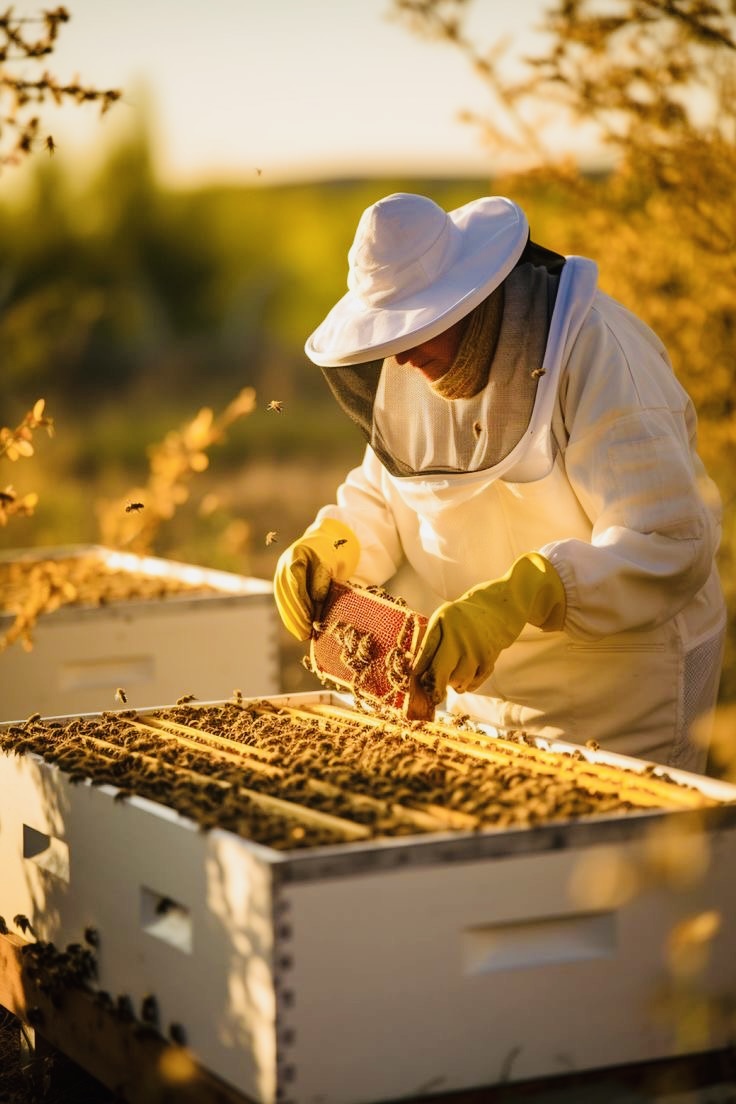Where Flowers Meet Honey: The Charm of a Honeybee Farm
The Importance of Honeybee Farms in Flower Pollination
Honeybee farms play a crucial role in flower pollination, making them an essential component of our ecosystem. Bees are known as nature’s most efficient pollinators, and their work is vital for the reproduction of flowering plants. According to the Food and Agriculture Organization (FAO), approximately 80% of all flowering plants rely on pollinators like bees to reproduce. This includes many fruits, vegetables, and nuts that make up a significant portion of our diet.
The process of pollination occurs when bees collect nectar from flowers. As they move from one flower to another, pollen grains stick to their bodies and are transferred to other flowers, fertilizing them in the process. This cross-pollination ensures genetic diversity and leads to the production of healthy and abundant crops. Without honeybee farms, the pollination process would be severely disrupted, resulting in reduced crop yields and a decline in biodiversity.
Exploring the Enchanting World of Honeybee Farms
Stepping into a honeybee farm is like entering a magical realm where nature’s wonders unfold before your eyes. These farms are often nestled in picturesque landscapes, surrounded by vibrant fields of flowers. The buzzing sound of bees fills the air, creating a symphony of nature’s harmony. Observing the intricate dance of bees as they navigate through the flowers is a mesmerizing experience that captivates both young and old.
Honeybee farms are not only enchanting but also educational. Many farms offer guided tours and workshops, allowing visitors to learn about the fascinating life cycle of bees and their role in pollination. These experiences provide a deeper understanding of the interconnectedness of nature and the importance of preserving bee populations.
Unveiling the Secrets of Honey Production at Flower Farms
One of the most captivating aspects of honeybee farms is the process of honey production. Bees collect nectar from flowers and store it in their honey stomachs. Back at the hive, they regurgitate the nectar and pass it from bee to bee, adding enzymes that transform it into honey. The bees then fan their wings to evaporate excess moisture, resulting in the thick, golden liquid we know as honey.
Honey production is a labor-intensive process that requires the collective effort of thousands of bees. A single hive can produce up to 100 pounds of honey per year. The honey harvested from honeybee farms is not only a delicious natural sweetener but also a valuable source of income for beekeepers. It is often sold locally, supporting the local economy and promoting sustainable agriculture.
The Delicate Dance: How Honeybees and Flowers Coexist
The relationship between honeybees and flowers is a delicate dance that has evolved over millions of years. Flowers provide bees with nectar, a sugary reward that serves as their primary source of energy. In return, bees inadvertently transfer pollen from one flower to another, ensuring the plants’ reproduction.
This mutualistic relationship is finely tuned, with flowers evolving to attract bees through vibrant colors, enticing scents, and nectar rewards. Bees, in turn, have developed specialized adaptations to efficiently collect nectar and pollen, such as long tongues and hairy bodies that aid in pollen collection and transport.
However, this delicate dance is under threat. The widespread use of pesticides, habitat loss, and climate change have led to a decline in bee populations worldwide. This decline not only jeopardizes honey production but also poses a significant risk to global food security. It is crucial that we take action to protect honeybee farms and their habitats, ensuring the continued pollination of our crops and the preservation of biodiversity.
In conclusion, honeybee farms are not only enchanting places but also vital for flower pollination and honey production. They provide a glimpse into the intricate relationship between bees and flowers, showcasing the wonders of nature’s interconnectedness. By supporting honeybee farms and taking steps to protect bee populations, we can ensure the continued beauty and abundance of our natural world. As Albert Einstein once said, “If the bee disappeared off the face of the Earth, man would only have four years left to live.” Let us appreciate and protect these remarkable creatures and the farms they call home.






